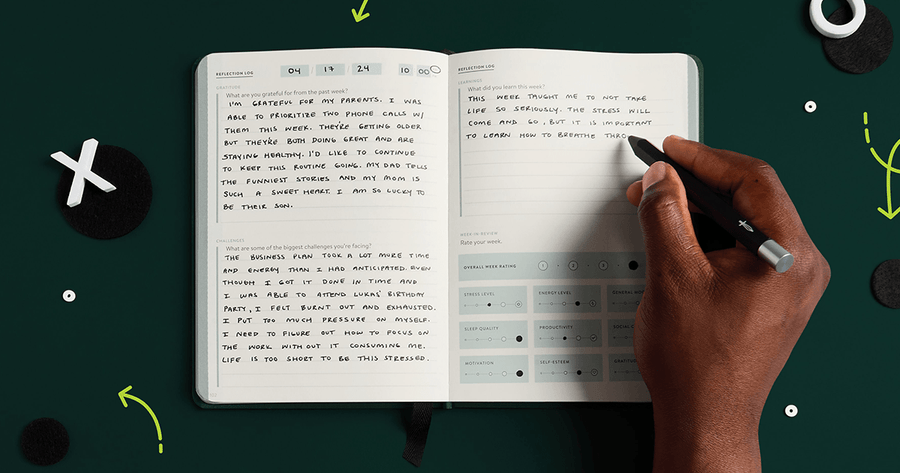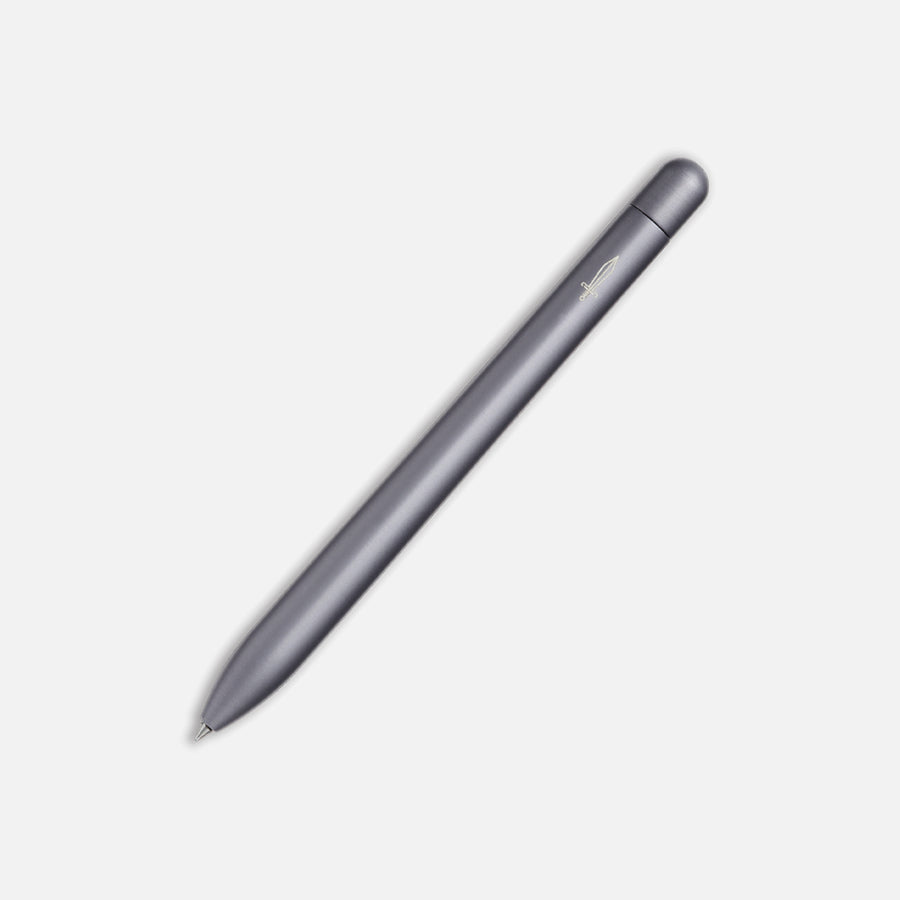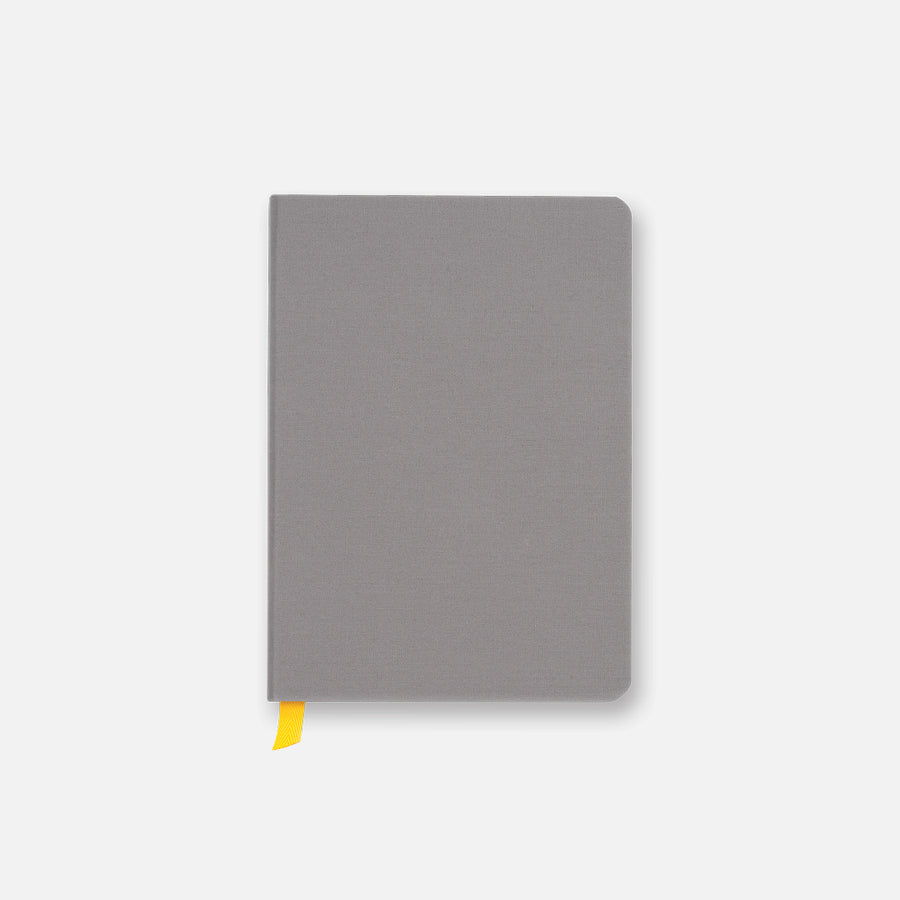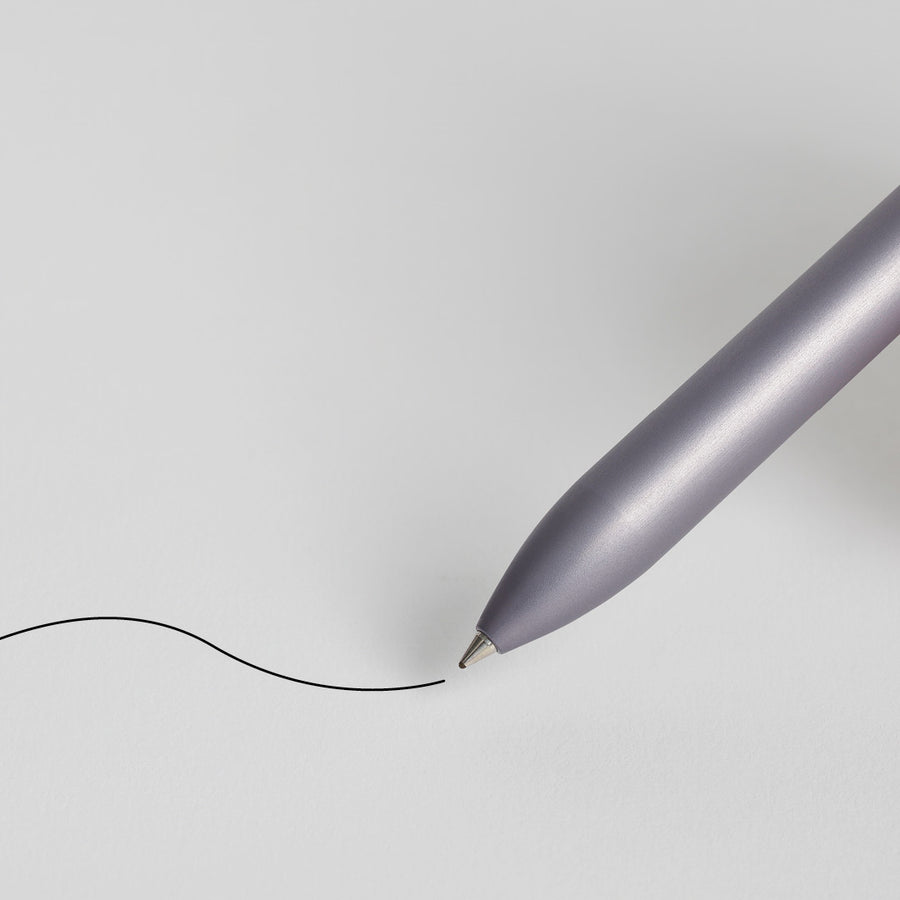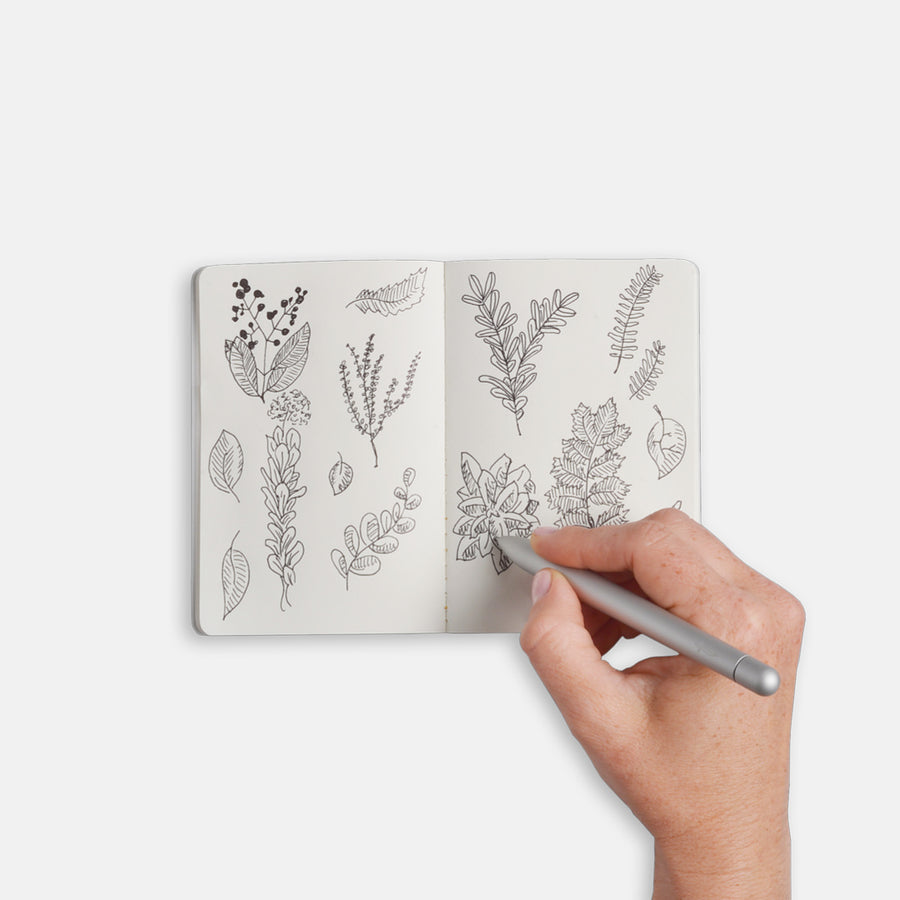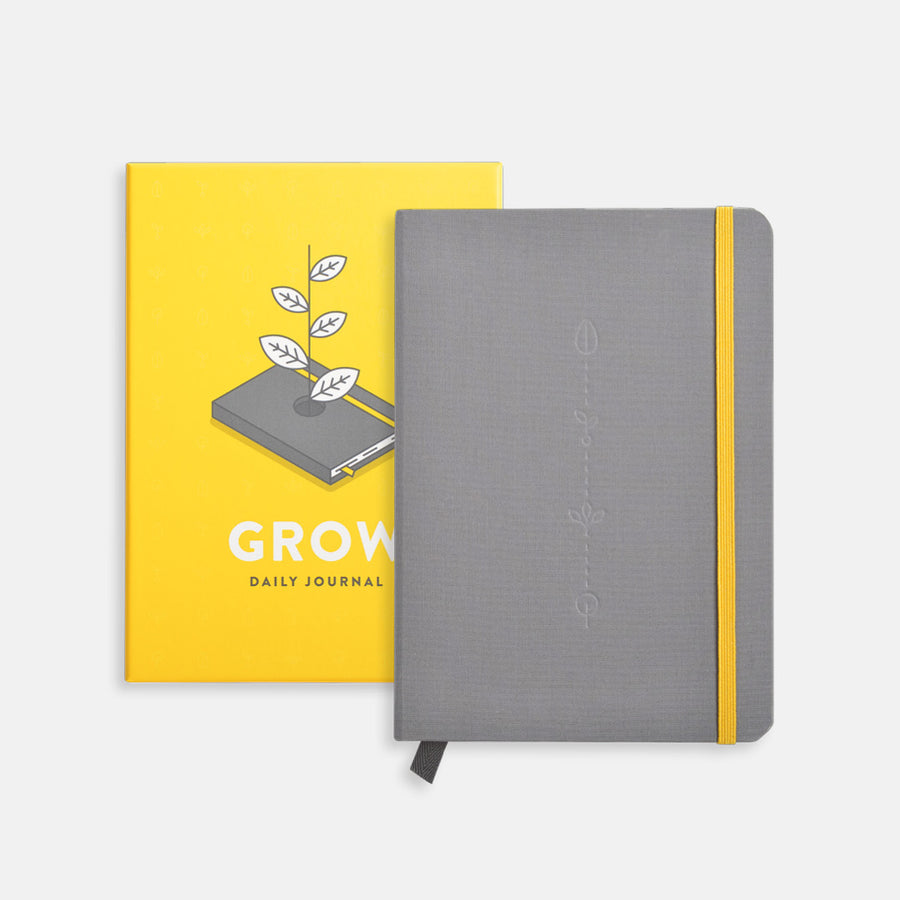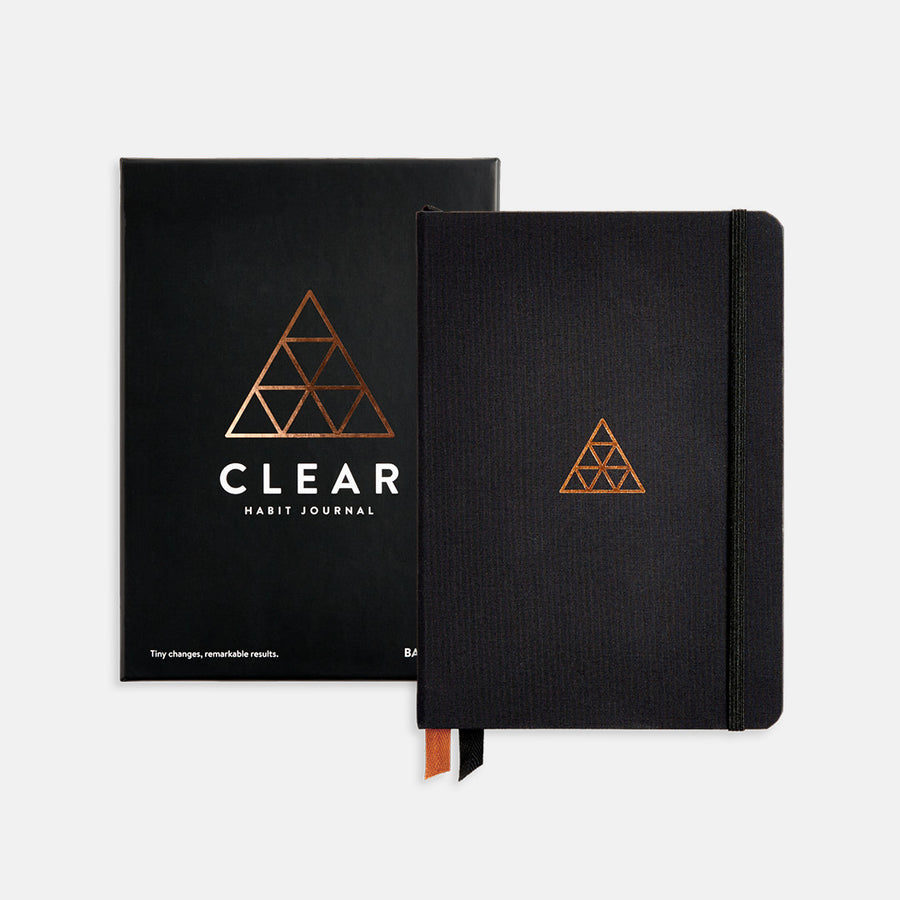For centuries, the quill, pen, and typewriter have been the silent allies of authors, whose legendary works have stood the test of time.
These instruments, extensions of a writer's mind and soul, have birthed worlds, characters, and philosophies that have shaped human thought. Let us delve into the lives of these wordsmiths and the tools that became their most trusted confidants.
William Shakespeare: The Quill of Avon
No exploration of writing tools can commence without bowing to the bard of Avon, William Shakespeare.
His instrument of choice, the quill, was as temperamental and fluid as his prose. Made from goose feathers, the quill was dipped in iron gall ink, a substance that could remain vivid for centuries. Shakespeare would have carved the nib himself, creating a point fine enough to inscribe lines that would captivate audiences for generations.
It was this very quill that scratched out the immortal words of "Hamlet," "Romeo and Juliet," and "Macbeth," leaving an indelible mark upon the canvas of English literature.
Jane Austen: The Prolific Portable Desk
In the quietude of the English countryside, Jane Austen penned novels that keenly observed the societal norms of her time.
Her writing box, a portable desk, was her steadfast companion. This wooden box, which could be placed upon any table or lap, contained organized spaces for paper, ink, and sand, which was used to blot the ink.
Austen's precise and neat handwriting flowed from her treasured mahogany writing slope, a gift from her father, which allowed her to compose and contemplate in any room, at any moment inspiration struck.
Mark Twain: Pioneer of the Typewriter
Mark Twain, the father of American literature, was among the first authors to submit a typed manuscript to a publisher.
The Remington No. 1, which Twain invested in, was a groundbreaking technology of its time. Despite its limitations—it was uppercase only and required the user to have a strong touch—it revolutionized the way Twain worked.
The click-clack of the keys became the rhythm to which "The Adventures of Tom Sawyer" and "Adventures of Huckleberry Finn" were composed, creating a new beat for the literary symphony of America.
Ernest Hemingway: The Simplistic Underwood
Ernest Hemingway, known for his succinct prose and adventurous life, was often pictured with his trusty Underwood typewriter.
The Underwood No. 5, one of the most popular typewriters of its day, was a staple on Hemingway's writing desk. Its keys brought "A Farewell to Arms" and "The Sun Also Rises" to life.
Hemingway appreciated the unadorned directness of the machine, much like his writing style, which eschewed the superfluous and struck directly to the heart of human experience.
Agatha Christie: The Faithful Remington Home Portable
Agatha Christie, the queen of mystery, relied on her Remington Home Portable to spin intricate webs of intrigue.
The typewriter was a fitting tool for Christie, who often plotted her novels with elaborate detail. The tactility of the keys under her fingers and the immediate print on paper suited her methodical approach to storytelling, where every character, clue, and red herring was meticulously planned and executed with precision.
Virginia Woolf: The Modernist's Pen
Virginia Woolf, a pioneer of stream-of-consciousness narrative, wrote with a pen that had to keep pace with the flow of her thoughts.
Woolf preferred a fountain pen, which provided a smoother and more fluid writing experience than the dip pens of her predecessors. This allowed her thoughts to spill onto the page uninterrupted, a critical factor for her style of writing.
It was with this pen that Woolf crafted the innovative novels "Mrs. Dalloway" and "To the Lighthouse," which defied traditional narrative structure and delved deep into the psyche of her characters.
George Orwell: The Resilient Corona
George Orwell's allegorical and dystopian works, including "Animal Farm" and "1984," were brought to life on a Corona typewriter.
This sturdy machine was well-suited to Orwell's no-frills approach to his craft. It was said that the clatter of Orwell's typing could be heard throughout his house, a testament to the fervor with which he approached his writing and the robustness of the Corona, which withstood his passionate storytelling.
J.R.R. Tolkien: The Scholar's Fountain Pen
J.R.R. Tolkien, the father of modern fantasy literature, crafted the epic tales of Middle-earth with a fountain pen in hand.
As a philologist, the feel of writing was integral to Tolkien's creative process. The fountain pen was a natural choice for the author, who delighted in the physical act of writing, often experimenting with different scripts and languages of his own creation.
His meticulous maps and runes for "The Hobbit" and "The Lord of the Rings" series were all drawn by hand, showcasing the importance of the tactile connection between pen, ink, and paper in his creative world-building.
Instruments of Imagination
The relationship between a writer and their chosen tool is deeply personal and reflects the unique approach each author takes to their craft.
From the feathered quill of Shakespeare to the mechanical keys of Hemingway's Underwood, each tool has played a role in shaping the narratives that define our cultural and intellectual history. These tools of the trade have not only assisted in the telling of tales but have become iconic symbols of the authors themselves, representing their era, their work, and the everlasting power of the written word.
As we celebrate these legendary writers and the tools they preferred, we are reminded of the timeless connection between the thinker and their instrument of choice. Whether it is the classic elegance of a fountain pen or the rhythmic dance of typewriter keys, the act of writing remains an intimate dance of the mind's musings with the physical world. In our digital age, the charm of these traditional writing instruments continues to inspire nostalgia and a reverence for the tactile joy of writing.
For those of us who continue to cherish the physical act of writing, the legacy of these literary giants is a beacon that illuminates the path of thoughtful creation.
In the clasp of our pens and the pages of our notebooks, we hold not only tools but gateways to the imagination, offering us a tangible connection to the storied past and the stories yet to be told.

